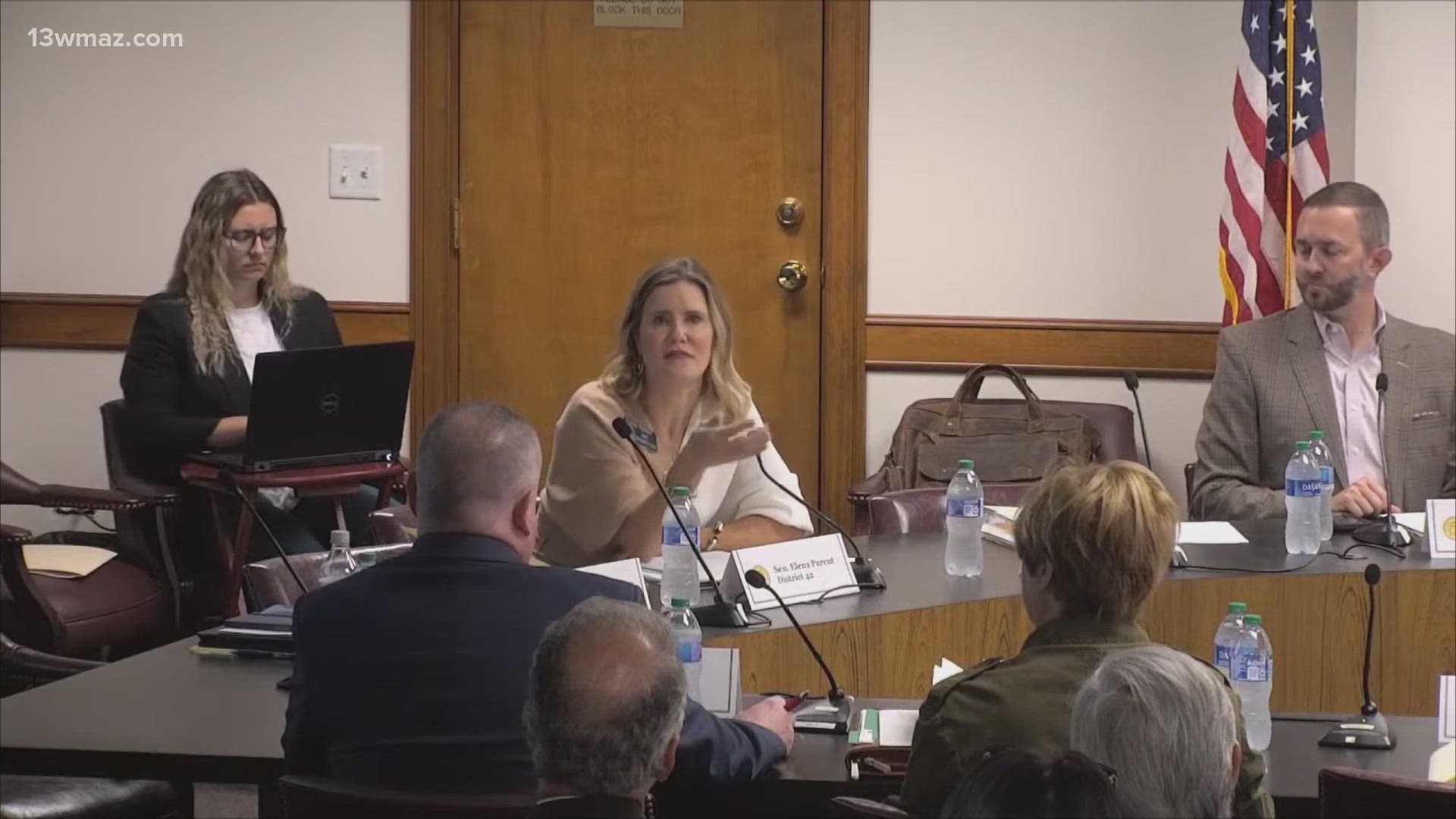HOUSTON COUNTY, Ga. — Nearly 49,000 Georgia high school students took dual enrollment courses last school year. That's the program that lets high school students earn college credit.
Georgia lawmakers say they would like to see the program grow but in the most efficient way.
As a high school junior, Addy Paige Munn is earning college credits at Houston County High.
"It would be beneficial to me to go ahead and get a college credit knocked out while I'm still in high school," she said.
Munn is one of over 2,500 students in Houston County taking part in the dual-enrollment program. The district has the largest program in the state.
"All of my friends that take dual enrollment at HOCO, we all enjoy it, and think it's a pretty good course," she said.
For Munn, that course is American History.
"I really like how the class works. It's mostly taking notes every day, but we also have discussions in class but my teacher Ms. Ngyuyen does a great job," she added.
She says it helps her feel prepared for her future.
Georgia's House and Senate Joint Study Committee on Dual Enrollment for Highly Skilled Talent at Younger Ages wants more students to find success, especially in the workforce.
"We're gonna challenge this committee to look at state policy that allows more dual enrollment programs to workforce development systems so that we are developing highly skilled talent at younger ages," Sen. Matt Brass, co-chairmen of the Joint Study Committee on Dual Enrollment, said in an August meeting.
However, they say they want to keep it cost-efficient. The state-funded program cost is costing $76 million to fund.
Georgia's dual-enrollment program is funded by the Georgia Student Finance Commission. The funding is capped at 30 semester hours or 45 quarter hours. The state approved that decision in 2020, in House Bill 444 to try to reduce the state's cost for the program.
Students can choose to pay for courses out of pocket if they want to pursue courses beyond the 30-hour cap.
House Bill 444 also prevents students from retaking courses and allows them to withdraw from two courses before they're considered ineligible for the program.
Since July, the General Assembly has been working on Senate Bill 86.
Among many things, it will help them collect data on how many students are moving to the workforce.
"That way we can make decisions that are based on the use of the dollars we can use to further the program," Sen. Elena Parent said in the September meeting.
They say this will help them track how beneficial each course is, and where they can make adjustments.
The committee will continue to meet through the fall to develop recommendations for the 2024 legislative session in January.
If you would like to get your child in on the dual enrollment train you can learn more on your high school's website.

